As we approach the next college application deadline in January, counselors at the school, like Kami Vermillion, anticipate more and more seniors will begin to apply.
“So far this year we’ve probably had about 60% of our seniors submit an application to the college that they’re interested in,” Vermillion said. “We’ll probably see that rise quite a bit in the next couple months.”
For some students, the process of applying to college brings stress. It becomes more complicated when applying to multiple colleges, and/or applying for financial aid.
“I think the biggest part of the application process is just making sure you have all the pieces put together,” Vermillion said. “That’s usually where a lot of our support comes in.”
Vermillion has plans to host application workshops, where students who need to work on creating and submitting their college applications can come to work on them and have access to resources they may need. One of the goals of the workshops is to relieve stress from students and give them the opportunity to ask questions.
“I know that the process is super intimidating, and I think no matter what it’s going to be stressful,” Vermillion said. “But I hope that in collaboration with me and your academic counselors we can provide the support that you need, both in the research process and the application process.”
Vermillion and other counselors at the school recommend that juniors utilize the program Naviance to begin the research process. Naviance is a tool students can access to take surveys, find out about potential careers, create plans for their futures, and more.
“Every student will get annoyed with how often we say, ‘Use Naviance,’ but it really is helpful,” Vermillion said. “There is a big search tool in there and it lets you sort things like state, any academic programs you’re interested in, and you can sort them into ‘nice to have’ and ‘must have’ and it will generate a list for you.”
For some students though, going to University is not an option because of financial reasons, or otherwise. In 2023, it can cost upwards of $200,000 for four years of university on the West Coast. However, certain families can receive loans, grants, or scholarships to help pay for their child’s education.
“Further education is an incredible resource, but the cost of college has really skyrocketed,” Vermillion said. “Financial aid is complicated because there’s so many different types of financial aid.”
There are three main types of financial aid that Vermillion refers to: loans, grants, and scholarships, but each can be earned in different ways. Students can apply for federal financial aid through Free Application for Federal Student Aid (FAFSA), which can get them a grant or a loan. If they want to try to earn a scholarship, that would be money they don’t need to pay back. They also would not have to pay back a grant, but grants are based on a student’s financial needs, while scholarships are generally awarded based on merit.
Specifically for Oregon residents, there is a community college grant available. The Oregon Promise is a grant for students that covers part of their community college tuition. There are some requirements, like students must be taking a certain amount of college credits, be an Oregon resident, and others. It also only covers a certain amount of credits, some of which can be earned during high school.
This grant may be an incentive for students to seek higher education if they weren’t previously planning on going to college, for financial reasons or otherwise. But if college still isn’t what they’re looking for, students may want to look into trade jobs.
“It’s not just based on someone’s academic ability,” Vermillion said. “There’s an incredibly high demand for mechanics, electricians, plumbers, all sorts of stuff. You can go to school and get an apprenticeship for two years. Apprenticeships are paid, so you’re getting paid to learn your skill set and then you end up getting paid more once you’re certified.”
Vermillion recommends that students start making a list of things they’re interested in for college, academically and socially, as early as spring of their junior year.
“Your junior year is a really big time for you to start thinking about what type of school you’re interested in. By the fall of your senior year you have an idea of what size school you’re in and if they have your major,” Vermillion said.
For more advice and information about applying to colleges, listen to the West Linn Weekly Wakeup’s new episode featuring Kami Vermillion, hosted by Garrett Arendt, Student Life Editor, and Finn Howell, Coverage Editor.


![Reaching out. Christopher Lesh, student at Central Catholic High School, serves ice cream during the event on March 2, 2025, at the Portland waterfront. Central Catholic was just one of the schools that sent student volunteers out to cook, prepare, dish, and serve food. Interact club’s co-president Rachel Gerber, junior, plated the food during the event. “I like how direct the contact is,” Gerber said. “You’re there [and] you’re just doing something good. It’s simple, it’s easy, you can feel good about it.”](https://wlhsnow.com/wp-content/uploads/2025/03/interact-1-edited-1200x744.jpg)

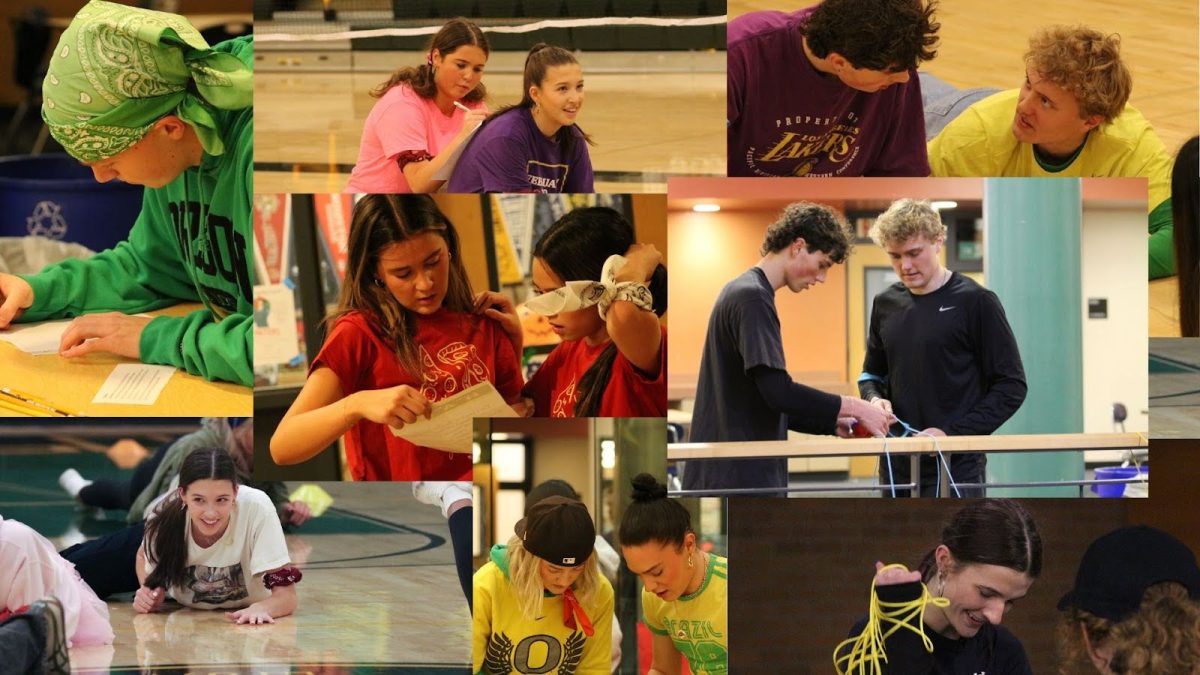








































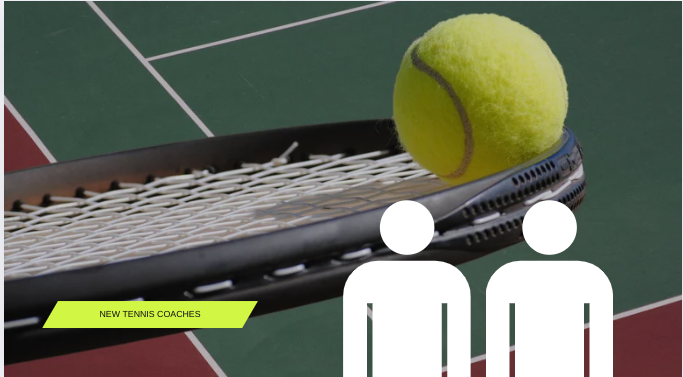
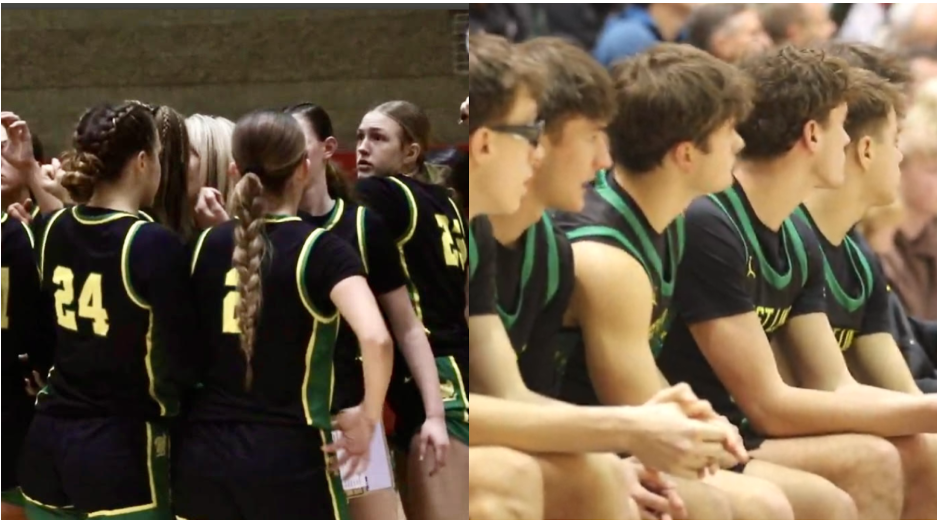


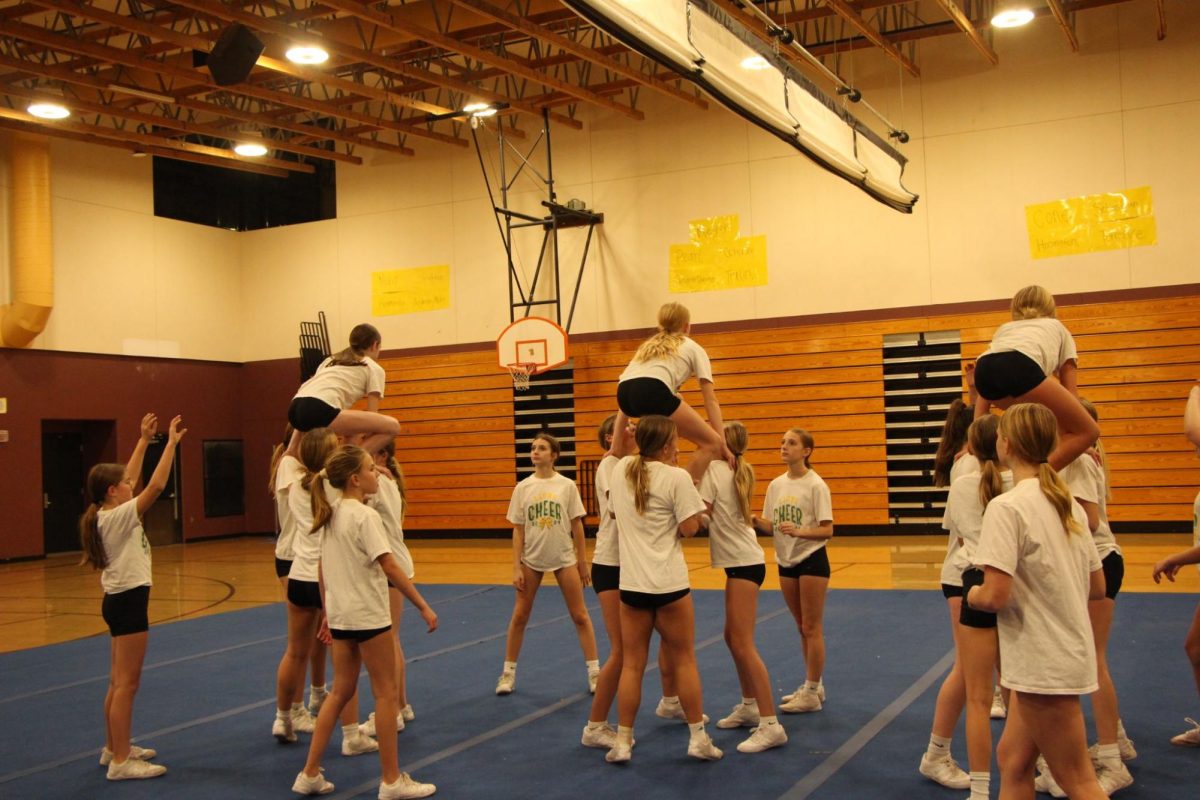









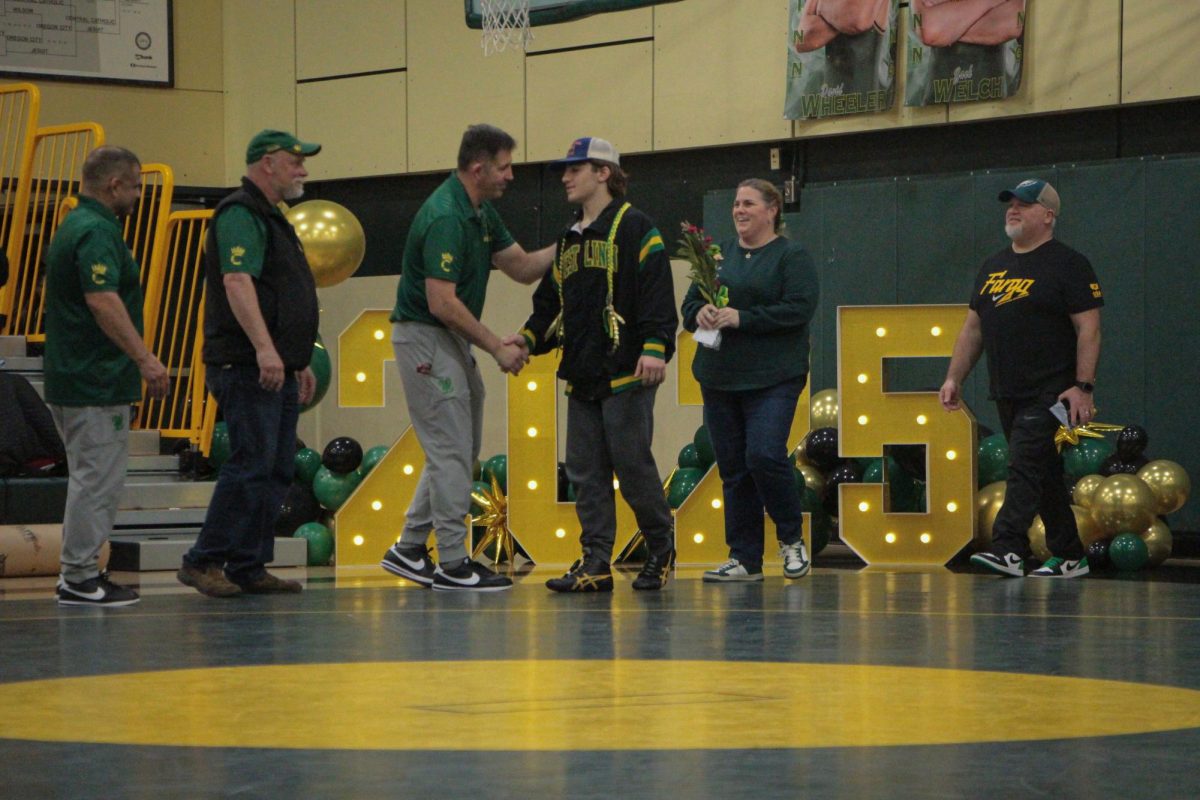




![At the bottom of the third inning, the Lions are still scoreless. Rowe stands at home plate, preparing to bat, while Vandenbrink stands off to the side as the next batter up. Despite having the bases loaded, the team was unable to score any runs. “It’s just the beginning of the season. We’re just going to be playing out best by June, [and] that’s where champions are,” Rowe said.](https://wlhsnow.com/wp-content/uploads/2024/03/IMG_3077-1200x900.jpg)






















































